Dive into the captivating realm of diamonds. Learn about their origins, qualities, and maintenance to make informed decisions when purchasing these exquisite gems.
5 main components in a diamond
The inner world and surroundings of a diamond are not as complicated as it might seem at first glance. There are main parts in a diamond: a crown and a pavilion, separated by a girdle. There are five main components in a diamond. About 90% of diamonds on the diamond market are round cut. It is this form that best conveys the properties of the stone and allows you to show the maximum brilliance of the diamond. On her example, it is always most convenient to consider the anatomy of a diamond.

1. Table
The largest flat surface on top of the diamond, located on the crown - a plane parallel to the girdle, the largest facet in any form of cut. This is the main source of play and brilliance of the diamond.
2. Pavilion
The lower part of the diamond is below the girdle. The pavilion consists of the main and wedge-shaped sides of the bottom and the culet. The brilliance of a diamond depends on the height of the pavilion - 43.4% of the diameter of the diamond is considered the ideal depth of the pavilion. If the pavilion is too deep or flat, the diamond will lose much of its brilliance—light entering through the crown into the diamond will not be reflected off the back walls of the diamond.
3. Girdle
The narrow edge of the diamond, the dividing line between the crown and the pavilion. The girdle protects the edge of the stone from chipping damage. This is the supporting part of the diamond, for which the stone is usually fixed in the product. The girdle should be so thin that it looks like a light line to the naked eye.
4. Culet
The bottom of the diamond. Usually, the culet is ground down to a point so that it is not visible. If the culet is too large, it can be mistaken for inclusion when viewed through the crown. Sometimes the culet is cut as a flat facet to protect the diamond from damage when setting or polishing.
5. Facets of a diamond
There are 8 such facets in a round brilliant cut; when viewing a diamond from above, these facets, together with the platform, form a star.
• The faces of the top are the faces from the platform to the girdle.
• Paired edges of the top (wedges): the edges are connected to the girdle, a mirror image of each other.
• Main facet of the bottom: an elongated wedge-shaped facet on the lower surface of the diamond, connecting the girdle to the culet
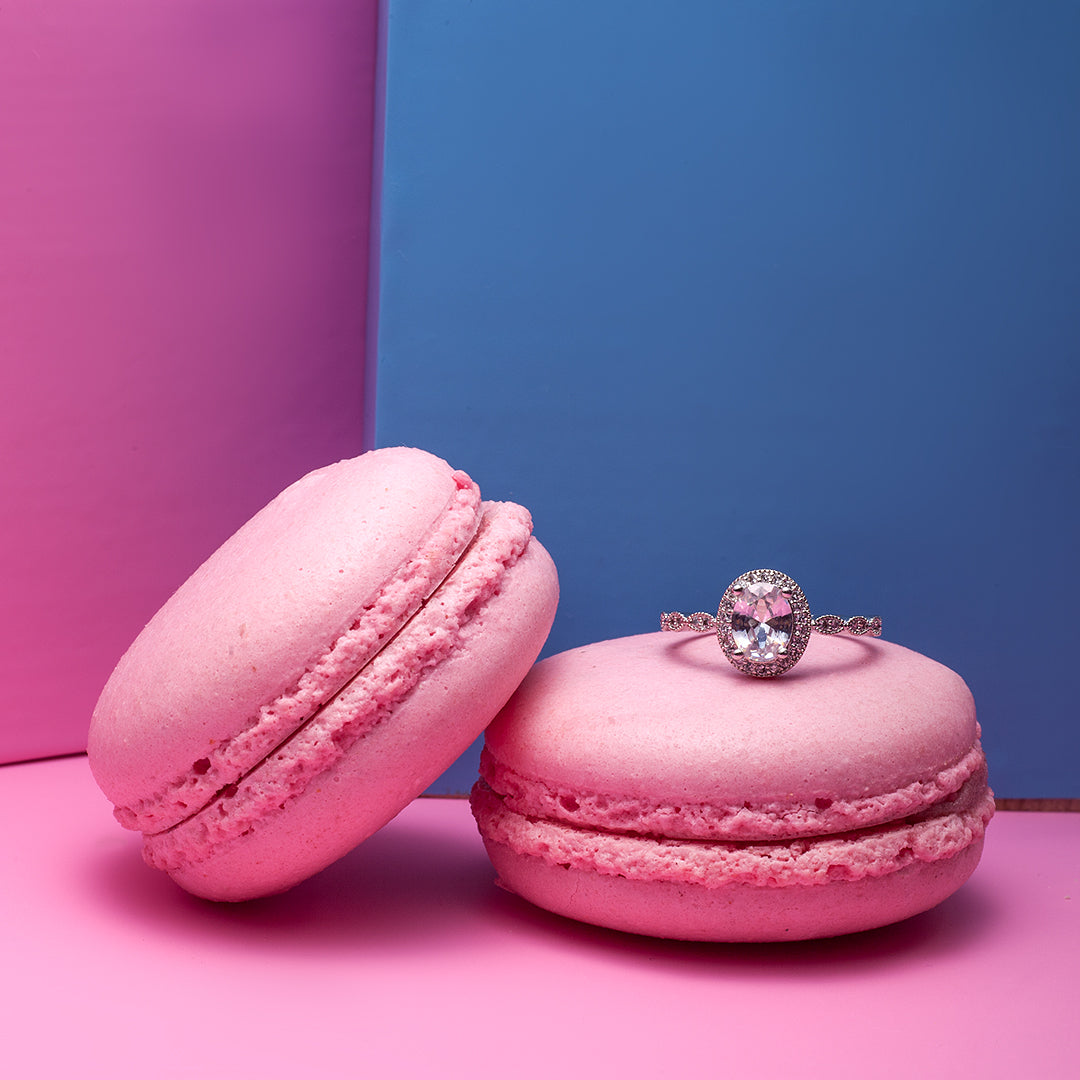
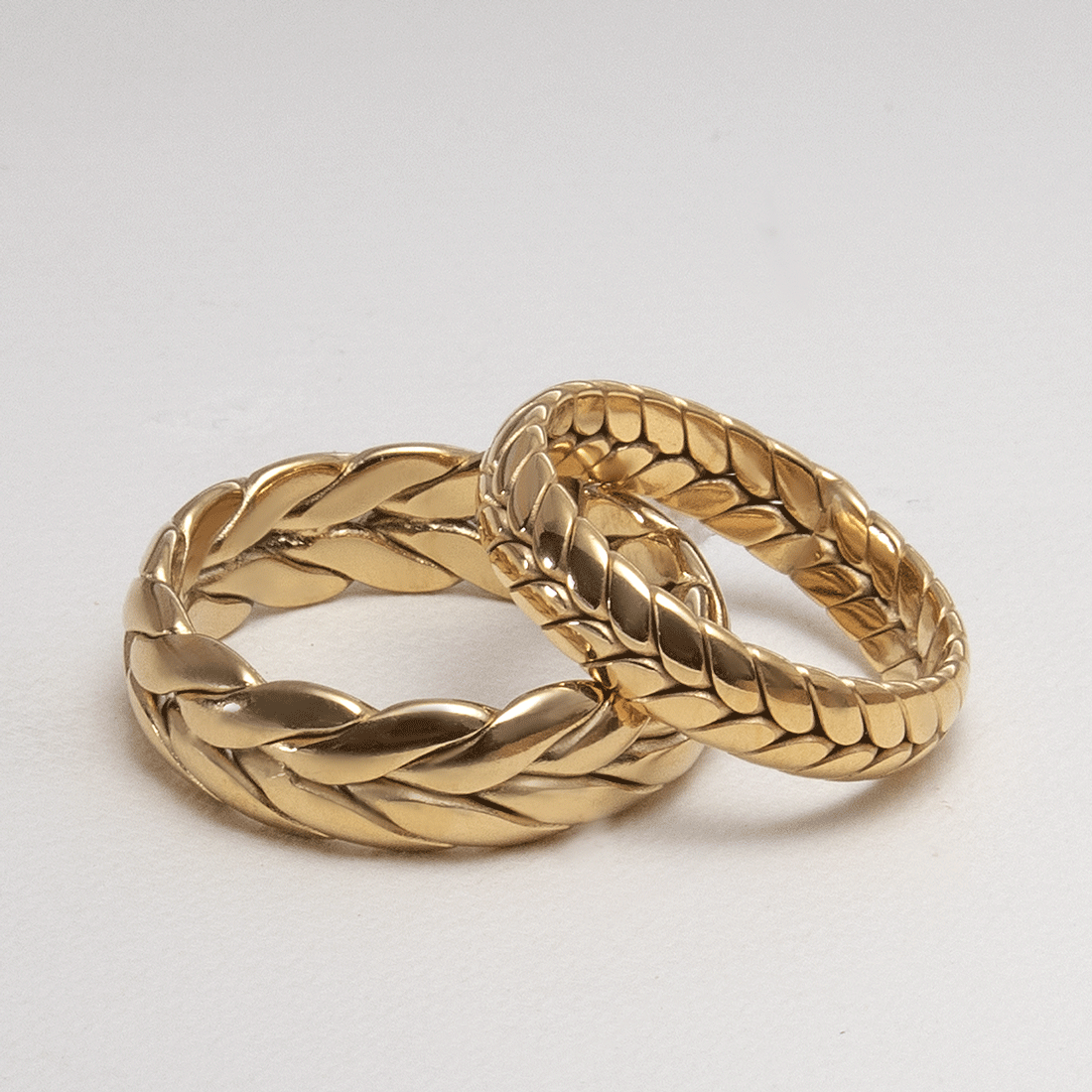
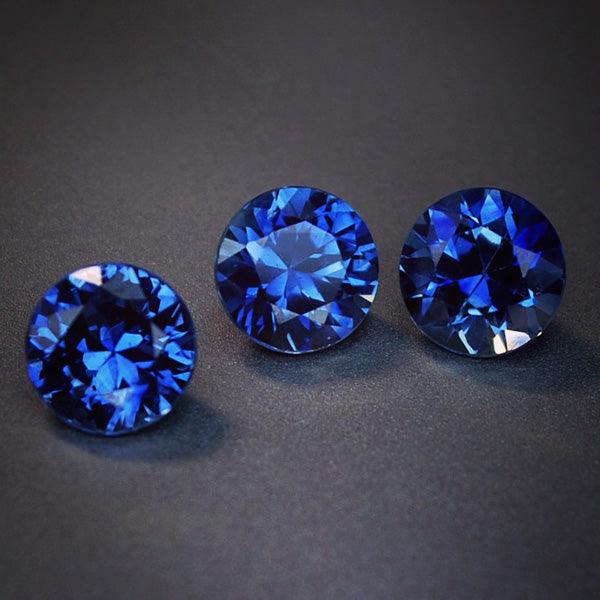
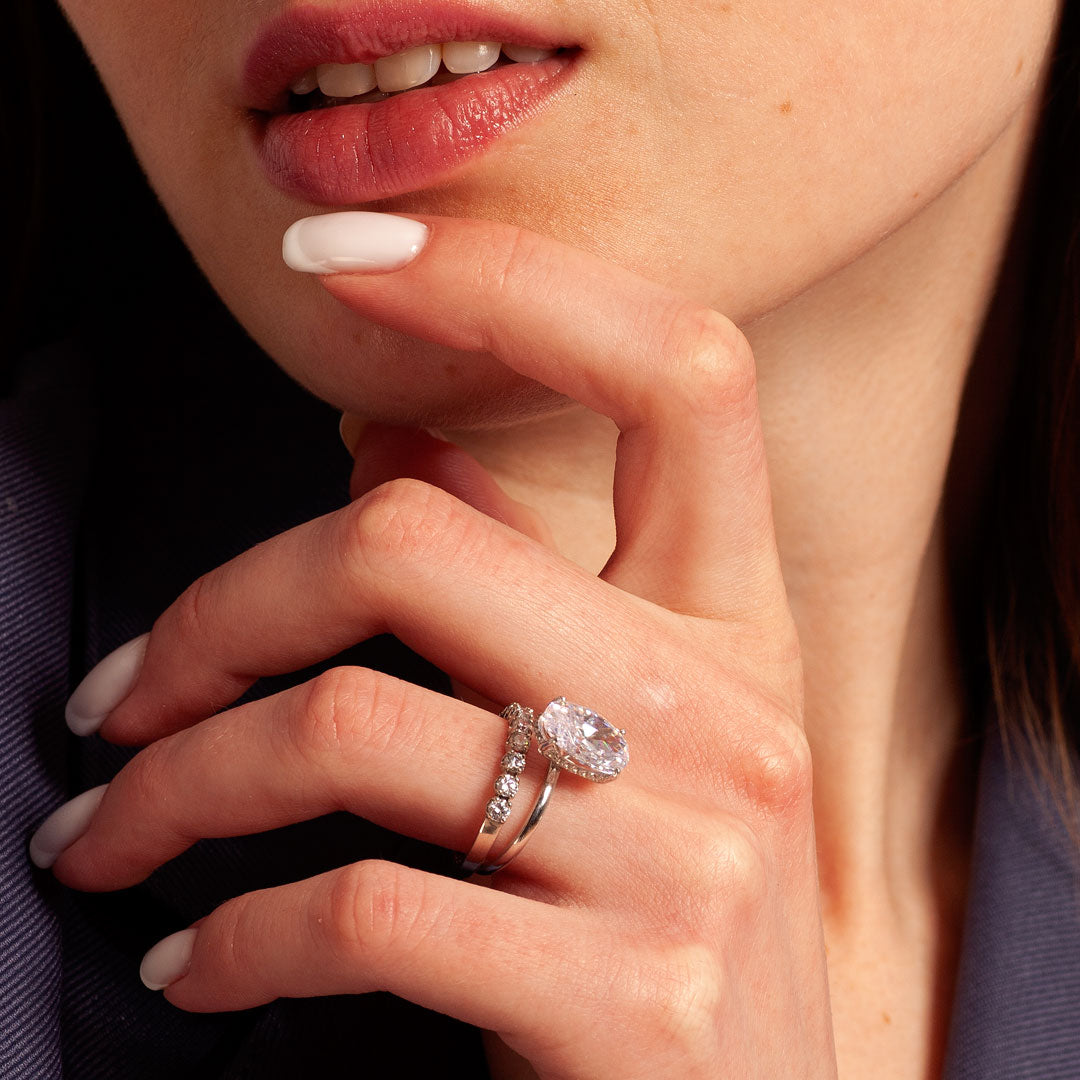
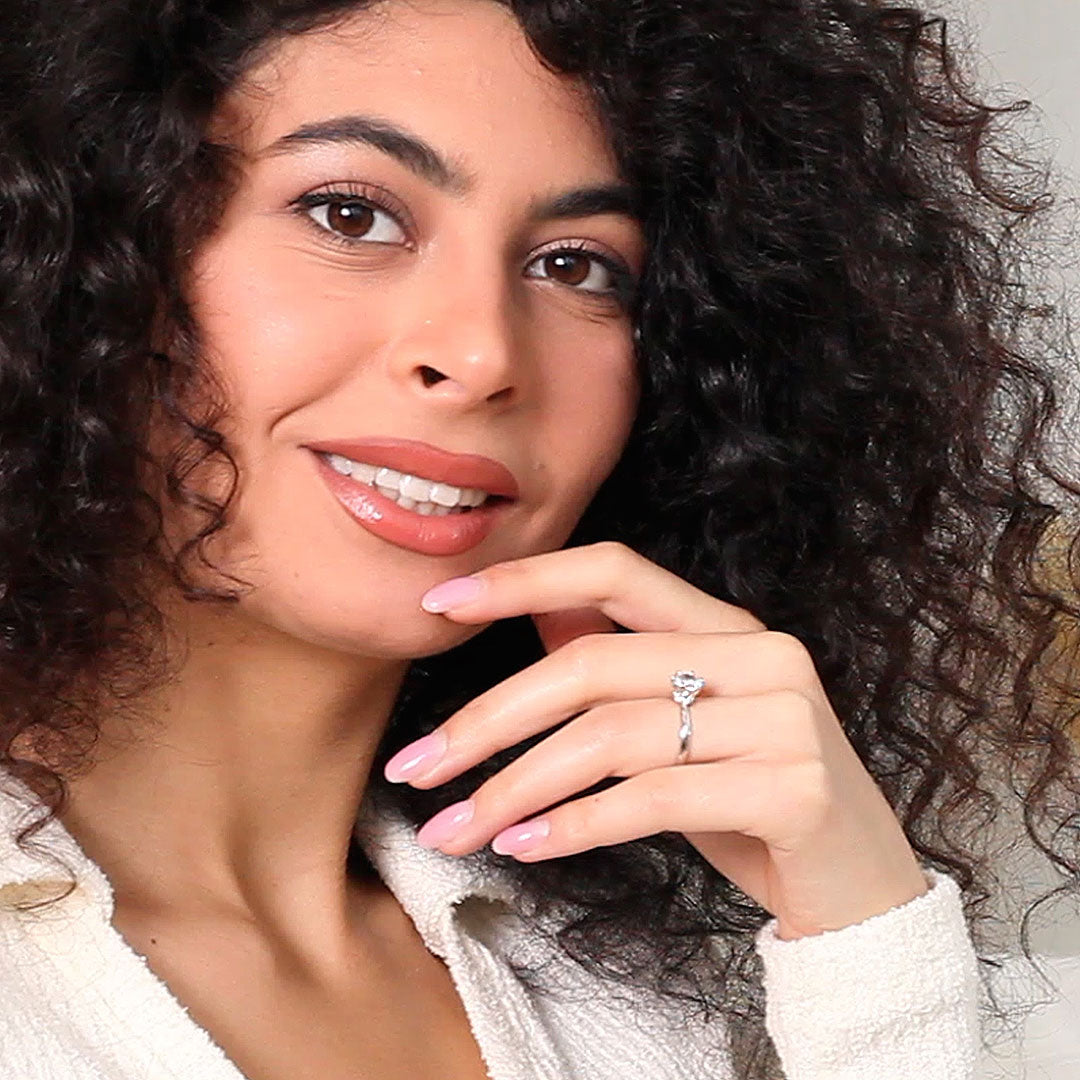
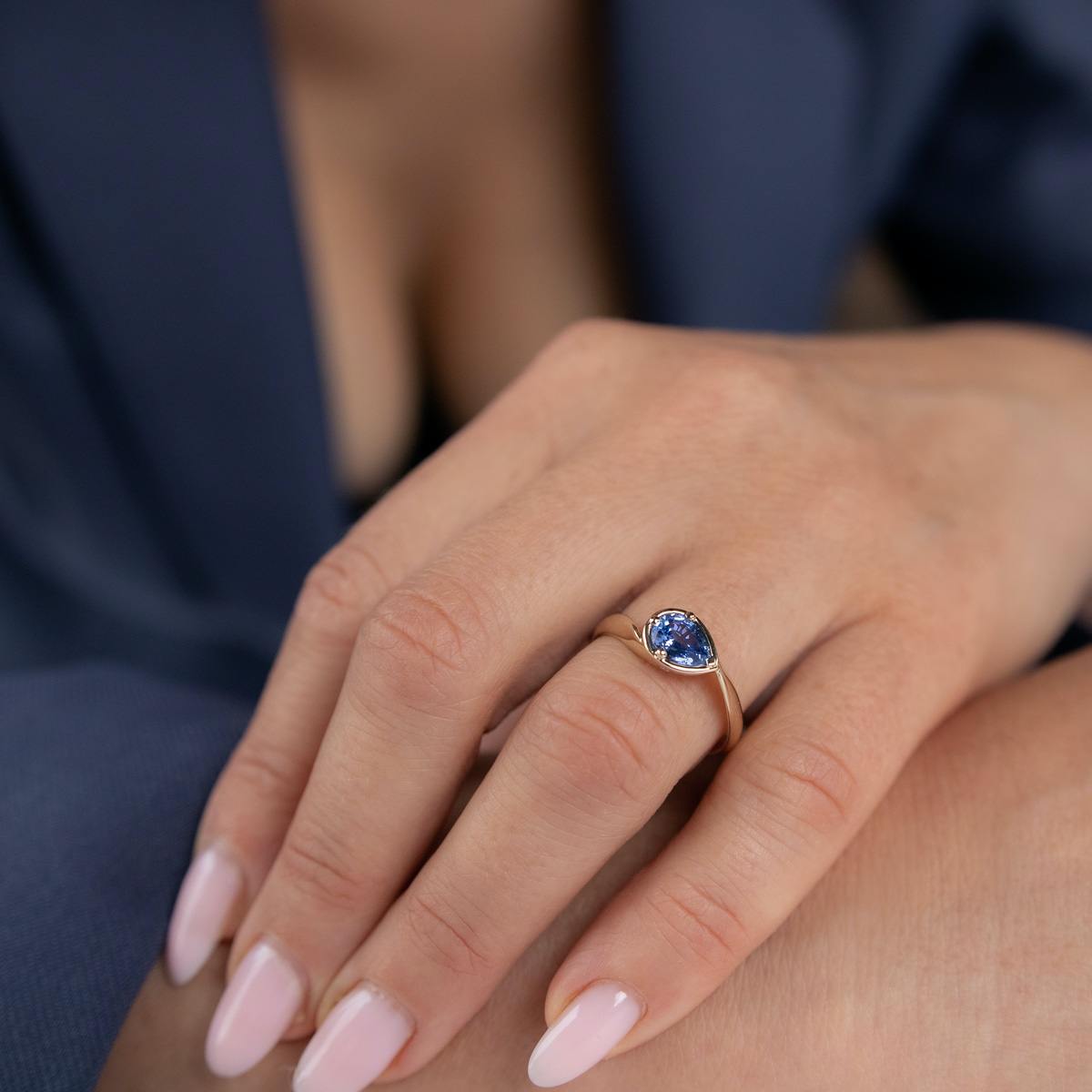
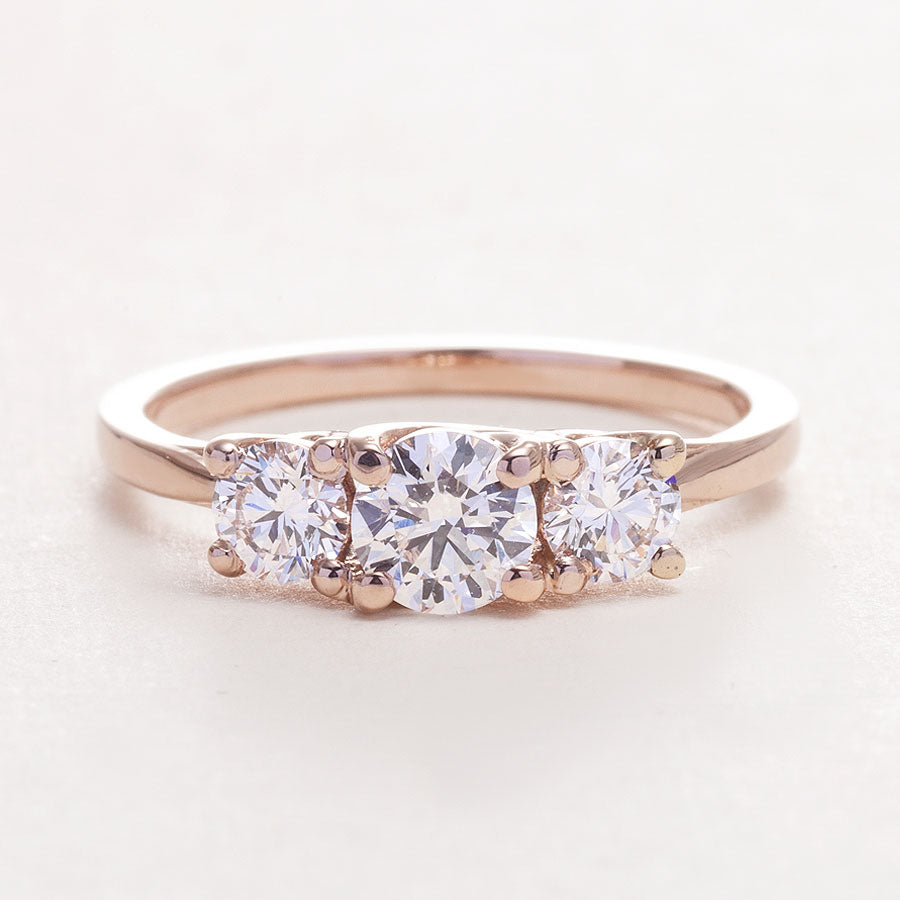
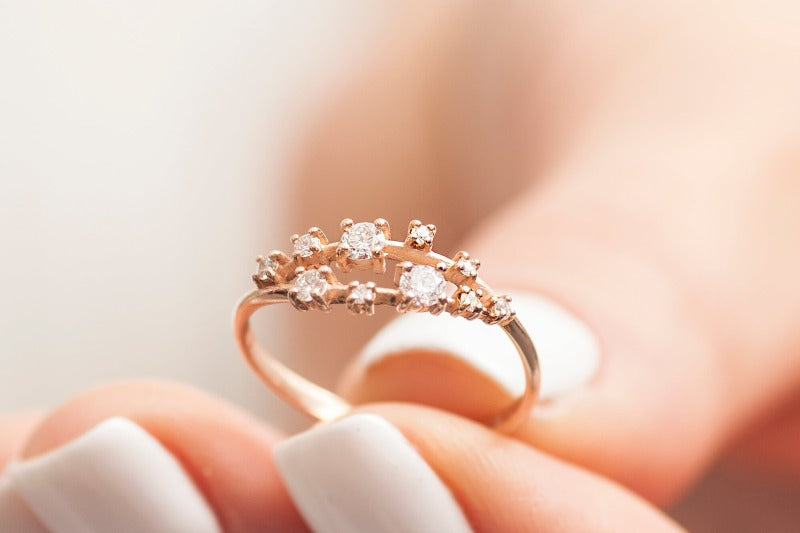
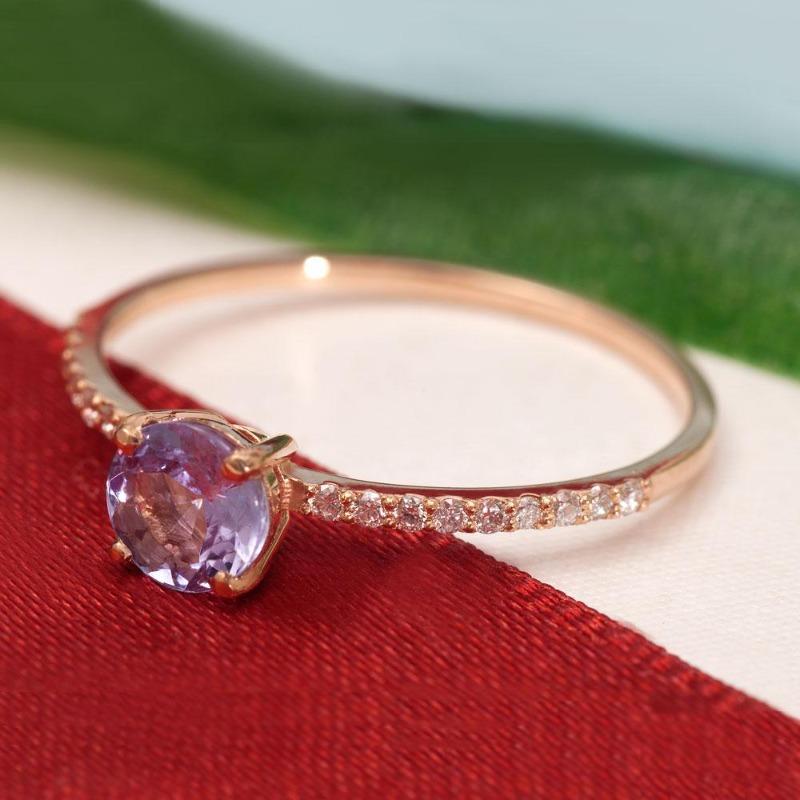
Leave a comment
This site is protected by hCaptcha and the hCaptcha Privacy Policy and Terms of Service apply.